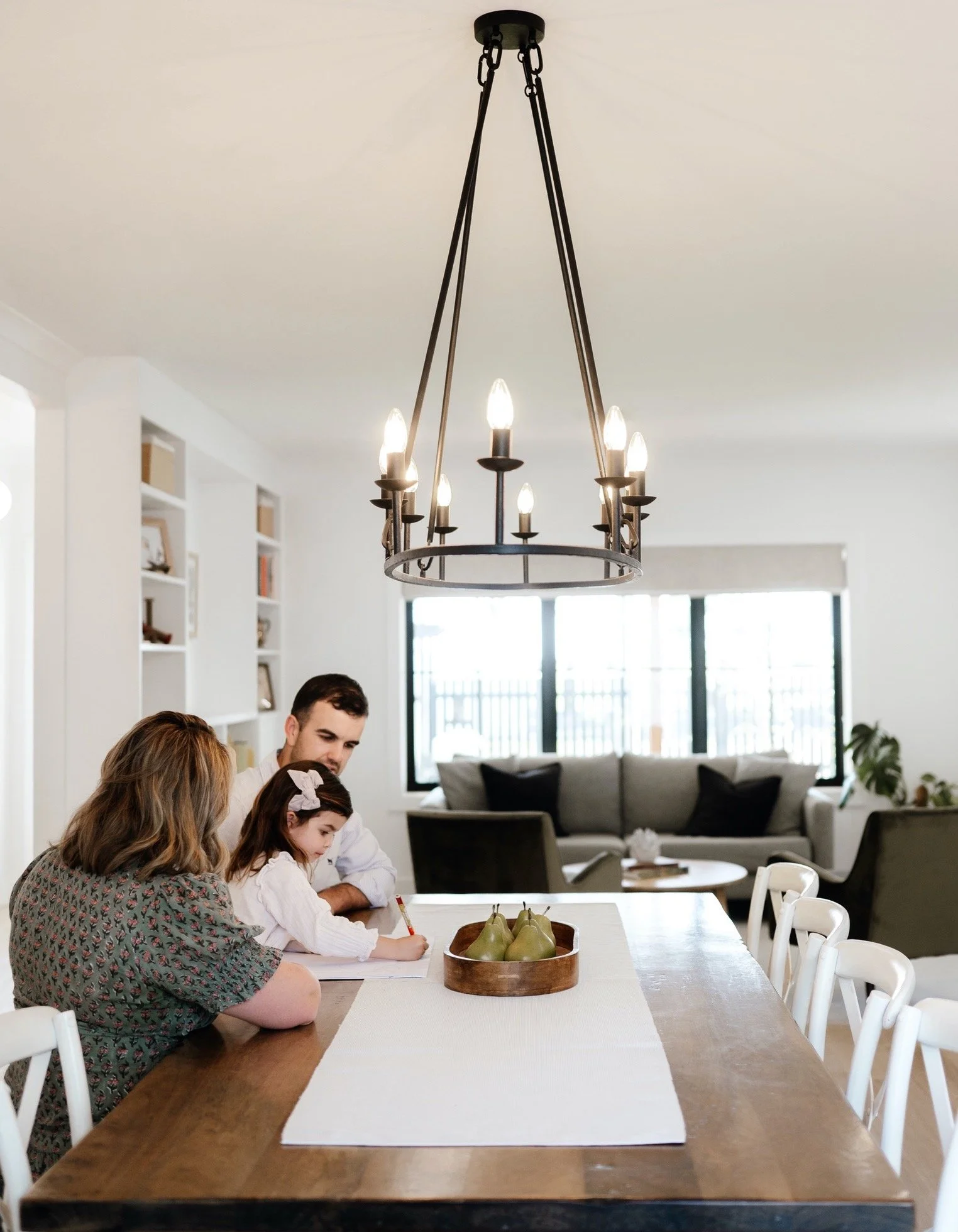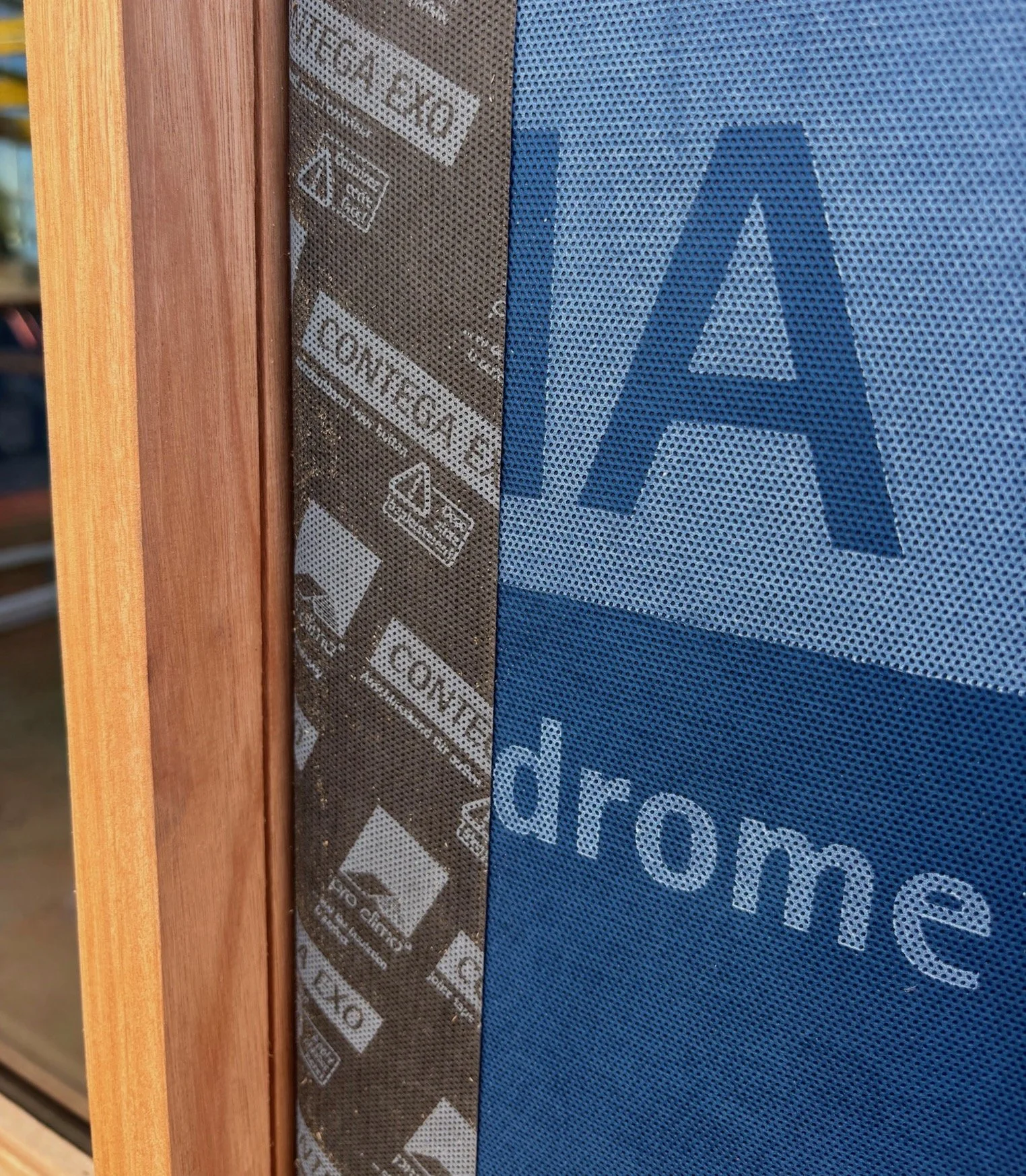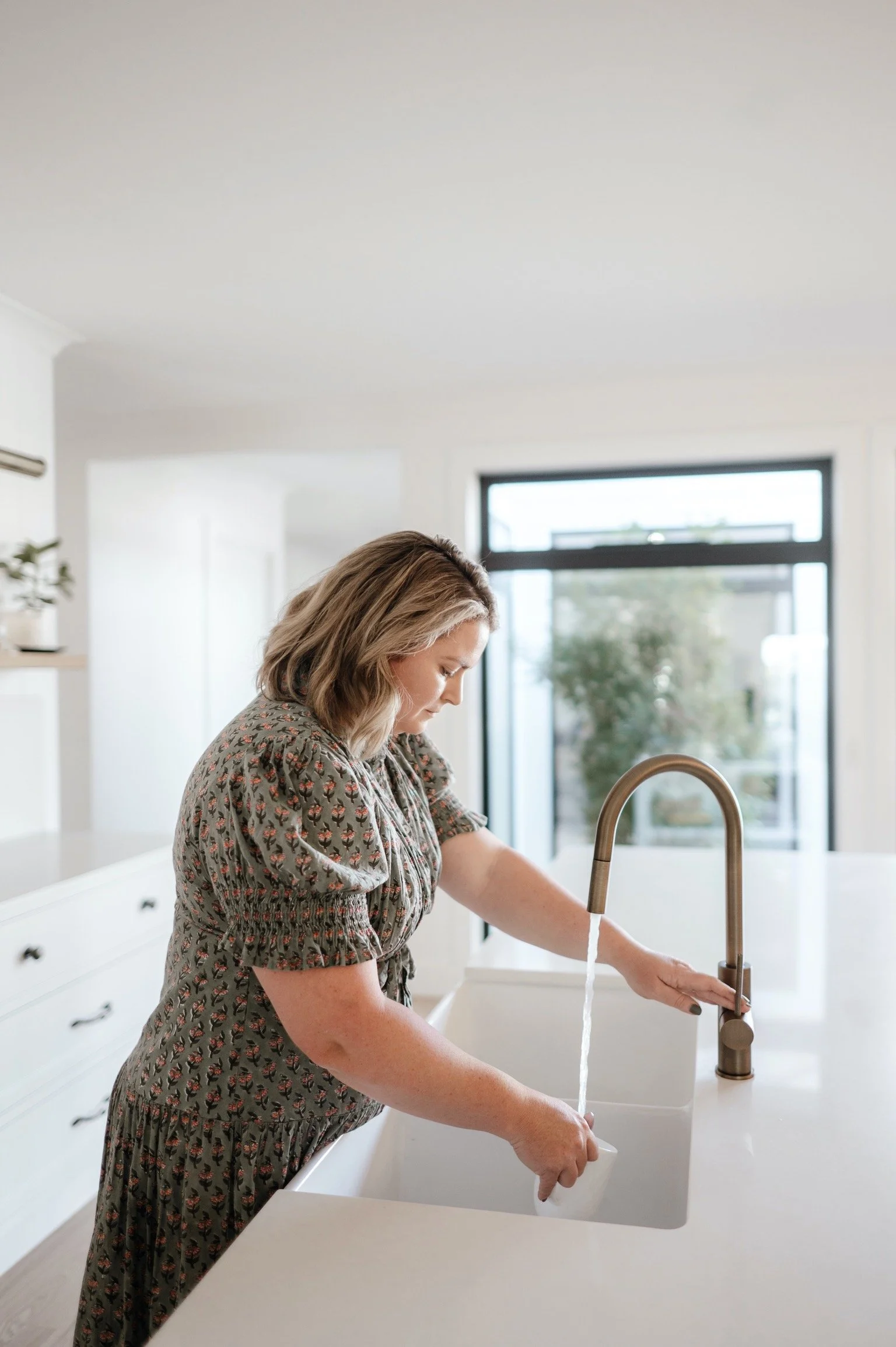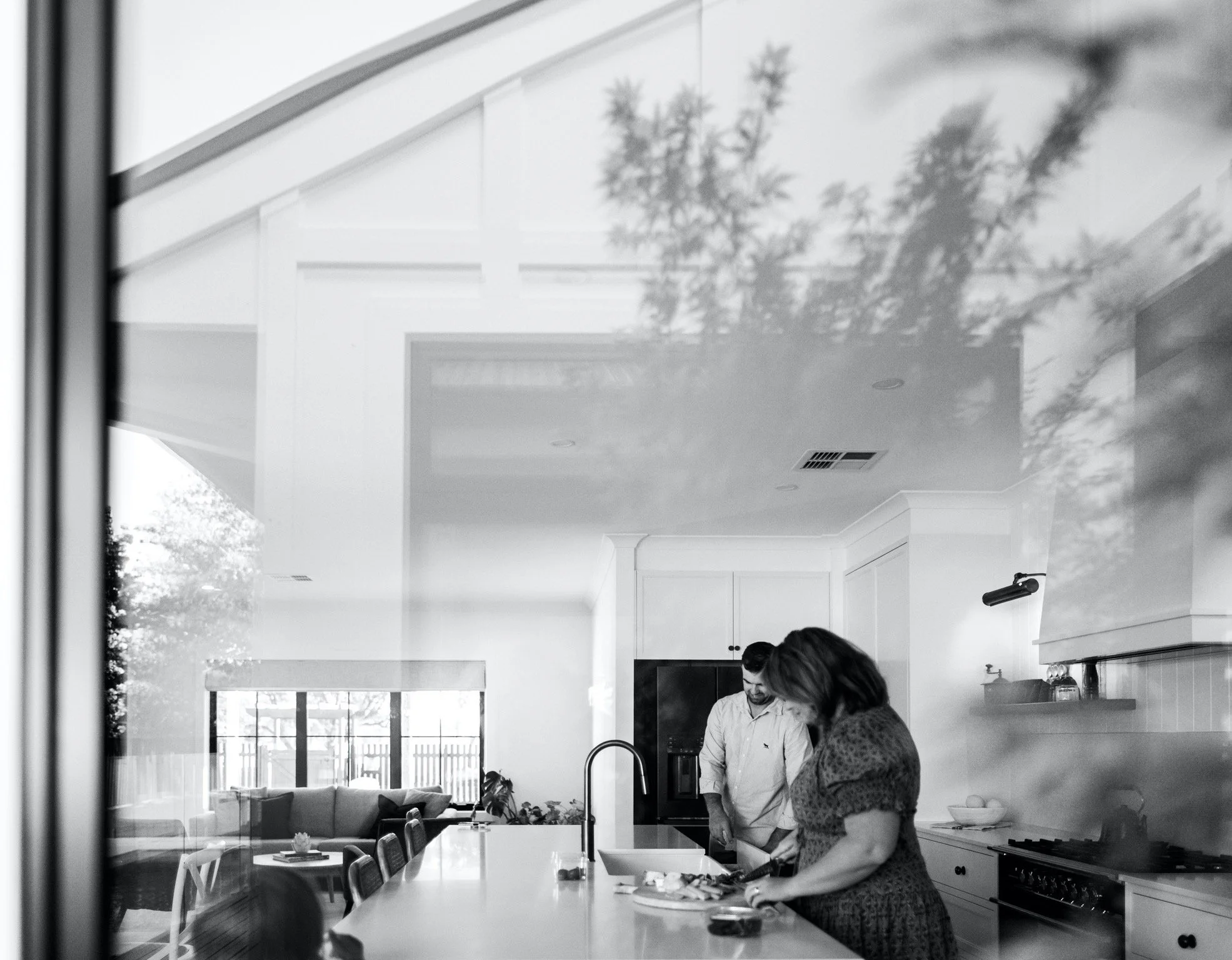Types of homes and their price comparison
We’ve taken you through the many benefits of passive home and high energy efficient design over the past blogs but now it’s time to talk about the elephant in the room. Cost.
While passive homes get a bad rap for costing a considerable amount more than code-built homes let us break it down and get down to the facts. You’ll be surprised it’s a lot less than most people think.
But first let’s recap what is a Passive House and what is the difference between Passive, high performing (energy efficient) and code-built homes?
A Passive House is a building that achieves a high level of energy efficiency through careful design, superior insulation, and airtight construction. These homes maintain comfortable indoor temperatures year-round, relying on passive solar gain and heat recovery ventilation, minimizing the need for conventional heating and cooling systems.
Code built homes are using conventional construction techniques to provide a home to a 7-star energy efficient standard.
High performing or energy efficient homes are somewhere in-between. They are the sweet spot between producing as close to a passive home as possible by using passive home construction techniques without going the whole hog. It is more than achievable to produce a energy efficient home of 8 to 9 stars with little cost increase.
Cost Benefits of Passive House Construction
· Reduced Energy Bills
Passive Houses are designed to use up to 90% less energy for heating and cooling compared to traditional homes.
· Potential Government Incentives
· Long-Term Durability and Maintenance Costs
Passive Houses are built with high-quality materials and superior insulation, which can lead to lower maintenance costs over time.
· Increased Comfort
Passive Houses offer superior comfort levels due to their consistent indoor temperatures and high air quality.
· Higher resale value
Passive homes typically have higher resale values due to their energy efficiency, sustainability, and potential appeal to environmentally conscious buyers.
Negatives of Passive House Construction
· Higher Upfront Costs
The initial cost of building a Passive House is typically higher than that of a code-built home. This is primarily due to the need for specialized materials, advanced construction techniques, and energy modelling services.
· Longer Construction Time
Building a Passive House can take longer than constructing a traditional home due to increased labour to ensure air sealing and higher quality craftmanship.
· Complexity of Certification
Achieving Passive House certification involves a rigorous process, including energy modelling and adherence to strict standards.
Comparison
The hardest part of passive home construction estimates is the comparison. Yes it will be more expensive but how much, what is the actual figure compared to a code-built home?
It comes down to what are we comparing, apples to apples or apples to oranges?
The answer is simple. It’s a premium product and with that comes a premium price tag.
So, what’s an apple and whats an orange?
There’s a huge difference in a volume built home to a custom home and further onto how much that home is customised. Volume built homes should be built to code but in many cases, this is not the case due to volume builders cutting corners and reducing their time in completing tasks, creating a poorly built home. (adhering to energy ratings is something that is not policed which is a story for another time!)
When comparing cost of homes there are many factors involved in the quality of the build. Take this table below for example the volume build being the least cost and therefore quality all the way up to a Passive home with premium quality which comes with a premium price tag. (all examples are based on estimates of 2025 home construction prices in Australian Dollars built regionally.)
It all comes down to what you are comparing it to.
Are you comparing a volume build with high performance (extra 40%)? Then you probably aren’t thinking it is for you. However, if you’re thinking of comparing high performance to a custom build (extra 10-15%), a small investment goes a long way to the comfort of your home now and for generations to come.
You need to start with comparing apples with apples and not apples with fries.
What are you getting for your extra money?
A custom home that is thoughtfully designed.
The highest grade in windows.
Highly advanced membranes.
Labour in installation to the highest standard. Sealing up all the air leaks!
What are some ways we can reduce the initial cost?
The biggest factor we can investigate the reduce the overall cost of your build is to look at the finishes.
Do you really need that 2 pack kitchen and stone?
Can you do without the best of the best tapware and fixtures? These are all aspects we can improve and replace later. These are all aspect of how your home looks. The comfort and longevity of your home is based on how your home performs which are all aspects that cannot be changed later. another factor to reduce the initial cost is to think about how you will use your home, bigger is not always better. A bigger home means a larger air mass to keep comfortable and maintain (and clean!).
By reducing your homes footprint even by 10-20m squared can have a huge impact on your overall cost.
When will I see a return on my investment (ROI)?
ROI depends on factors such as energy prices, climate, and how the home is used. In general, homeowners start seeing financial benefits within 5-10 years through energy savings.
EXAMPLE
Medium-Sized Family Home in a Moderate Climate (Sunraysia)
Initial Construction Cost: Suppose this passive house costs about 15% more to build initially compared to a standard home of similar size. If the standard home costs $800,000, the high performing home might cost approximately $900K.
Energy Savings: Due to high efficiency, the passive house reduces energy bills by about 75%. If the standard home has annual energy costs of $3600, the passive house’s cost might be only $900, resulting in $2700 savings per year.
Break-Even Point: Given the $100,000 higher initial cost, the break-even point (purely from energy savings) occurs after approximately 37 years. However, with potential increases in energy prices, the actual break-even point might be sooner.
When taking into account resale (+$50k est.), maintenance (further saving $1000/year) and health benefits if you have asthma (saving $1000/year) this equals $4700 per year saving on only $50,000. Breakeven would be 10 years!
There are so many benefits to building smarter by constructing a passive home or a step back, a high performing home. The costs associated with the higher quality and premium product can either be reduced or accounted for in many ways. Building a comfortable, quality home doesn’t need to break the bank. We’d love to start your journey in building your legacy home to last for generations to come, one that looks after your health and wallet at the same time!
At White Houses we want to bring the future of building to you. The first step is you, the next is us doing what we love, designing and building quality homes.







